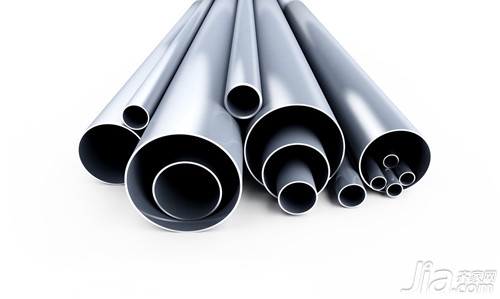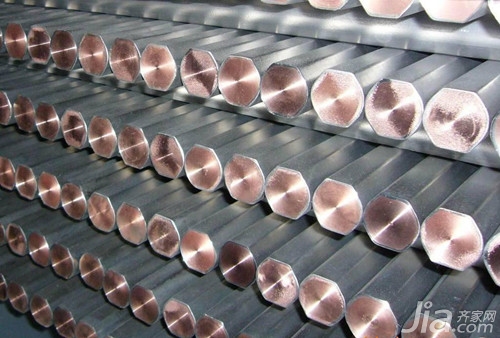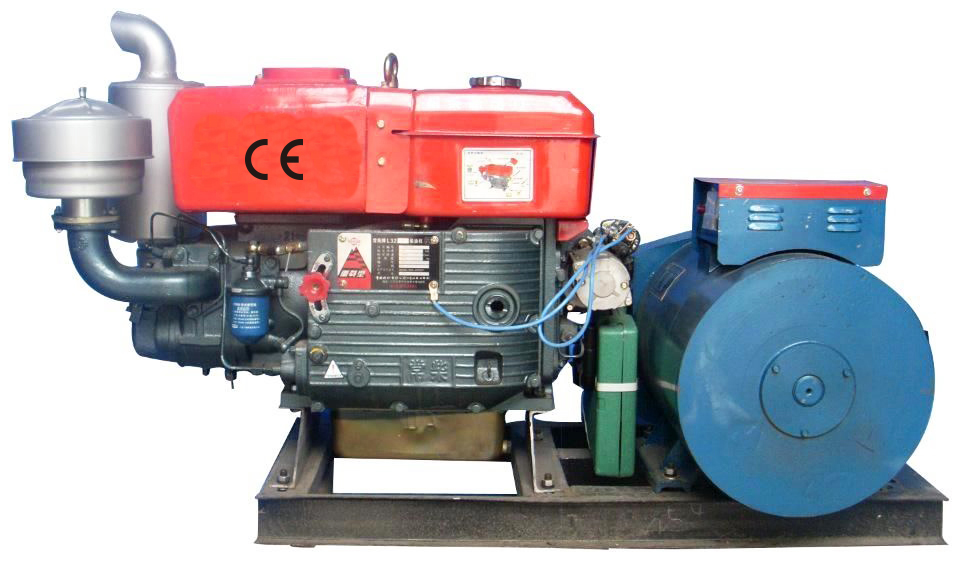Steel plays a very important role in the building. It is precisely because the density of different steel materials is different, the scope of application in the renovation of buildings is not the same. In actual production, steel often contains different alloy elements depending on the use, so the application is also different. So, for steel, density is the key. For the few people in contact with building materials, the density of steel may not have much concept, in the end is kind of how the density of steel, today for the next introduce.

All kinds of steel density:
1. Material name = steel 7.85g/cm3
Material Density = 7.85
2. Material name: Gray cast iron (≤HT200) 7.2g/cm3
Material density = 7.2
3. Material name = Gray cast iron (≥HT250) 7.35g/cm3
Material Density = 7.35
4. Material name = industrial pure iron 7.87g/cm3
Material Density = 7.87
5. Material name = cast steel 7.8g/cm3
Material Density = 7.8
6. Material name = low carbon steel (containing 0.1% carbon) 7.85g/cm3
Material Density = 7.85
7. Material name = medium carbon steel (carbon content 0.4%) 7.82g/cm3
Material Density = 7.82
8. Material Name = High Carbon Steel (1% Carbon) 7.81g/cm3
Material Density = 7.81
9. Material name = high speed steel (including tungsten 9%) 8.3g/cm3
Material density = 8.3
10. Material name = high speed steel (including tungsten 18%) 8.7g/cm3
Material density = 8.7
11. Material name = stainless steel (1Cr18Ni9) 7.93g/cm3
Material density = 7.93
12. Material Name = Stainless Steel (1Cr13) 7.75g/cm3
Material Density = 7.75
13. Material Name = Stainless Steel (1Cr17) ​​7.70g/cm3
Material density = 7.7
14. Material name = pure copper (copper) 8.9g/cm3
Material Density = 8.9
15. Material name = industrial pure aluminum 2.71g/cm3
Material density = 2.71
16. Material name = zinc copper alloy 7.2g/cm3
Material density = 7.2
17. Material name = castable aluminum alloy 2.7g/cm3
Material density = 2.7
18. Material name = Al-Ni alloy 2.7g/cm3
Material density = 2.7
19. Material name = nickel copper alloy 8.8g/cm3
Material Density = 8.8
20. Material name = cast zinc 6.86g/cm3
Material Density = 6.86
21. Material name = zinc plate 7.2g/cm3
Material density = 7.2
22. Material name = lead plate 11.37g/cm3
Material density=11.37

Steel theoretical weight calculation formula
The following are some of the more commonly used theoretical weight calculation formulas for reference:
Round steel rod (kg/m) W = 0.006165 × d × d (d = diameter mm)
Rebar (kg/m) W = 0.00617 ×d×d (d = section diameter mm)
Fang Gang (kg/m) W = 0.00785 ×a ×a (a = side width mm)
Flat steel (kg/m) W = 0.00785 ×b ×d (b = side width mm, d = thickness mm)
Hexagonal steel (kg/m) W = 0.006798 × s × s (s = opposite side distance mm)
Hexagonal steel (kg/m) W = 0.006798 × s × s (s = opposite side distance mm)
Equilateral angle steel (kg/m) W = 0.00785 × [d (2b – d ) + 0.215 (R2 – 2r 2 )]
(b = width, d = edge thickness, R = inner radius, r = end radius)

Unequal angle steel (kg/m) W = 0.00785 ×[d (B+b – d )+0.215 (R2 – 2 r 2 )]
(B = long edge width, b = short edge width, d = edge thickness, R = inner arc radius, r = end arc radius)
Channel steel (kg/m) W=0.00785 ×[hd+2t (b – d )+0.349 (R2 – r 2 )]
(h=high, b=leg length, d=waist thickness, t=average leg thickness, R=inner arc radius, r=radius of end arc)
I-beam (kg/m) W= 0.00785 ×[hd+2t (b – d )+0.615 (R2 – r 2 )]
(h=high, b=leg length, d=waist thickness, t=average leg thickness, R=inner arc radius, r=radius of end arc)
Editor's summary: The above is about the density of various types of steel, the introduction of steel theoretical weight calculation formula, I hope to be helpful to everyone. If you still want to learn more about the relevant information, please continue to follow our website. You can also purchase more of your favorite products at Qijia Mall.
Steel rail outdoor steel stairs steel radiator calculation formula building density
The Generator Set rapidly rises in the volume of the diesel generator set and reaches the ignition point of the diesel. The diesel is ignited, the mixed gas burns violently, and the volume expands rapidly, pushing the piston down, called `work.`
Each cylinder performs work in a certain order, and the thrust acting on the piston passes through the connecting rod to become a force that pushes the crankshaft to rotate, thereby driving the crankshaft to rotate. Using the 'electromagnetic induction' principle, the generator outputs an induced electromotive force that is generated by a closed load loop. Only the most basic working principle of the generator set is described here. A range of diesel and generator control, protection devices and circuits are also required to obtain a usable, stable power output.

The generator set (English name: Generators Set) is a complete set of mechanical equipment that converts other forms of energy into electrical energy. It consists of a power system, a control system, a noise reduction system, a damping system, and an exhaust system. It is composed of a turbine, a steam turbine, a diesel engine or the like. The power mechanical drive drives the energy generated by water flow, air flow, fuel combustion or nuclear fission into mechanical energy that is transmitted to the generator, which is then converted into electrical energy by the generator and output to the electrical equipment. Generators have a wide range of uses in industrial and agricultural production, national defense, technology and daily life. In recent years, with the advancement of technology, as a high-quality choice for household emergency power supply and field travel power, lightweight portable small generator sets have begun to enter the daily life of residents.
Generator Set, Power Generator Set, Agricultural Generator Set Machine, Portable Power Generator Set, Mobile Power Generator Set
Jining Changsong Construction Machinery Co., Ltd. , https://www.jncsmachinery.com